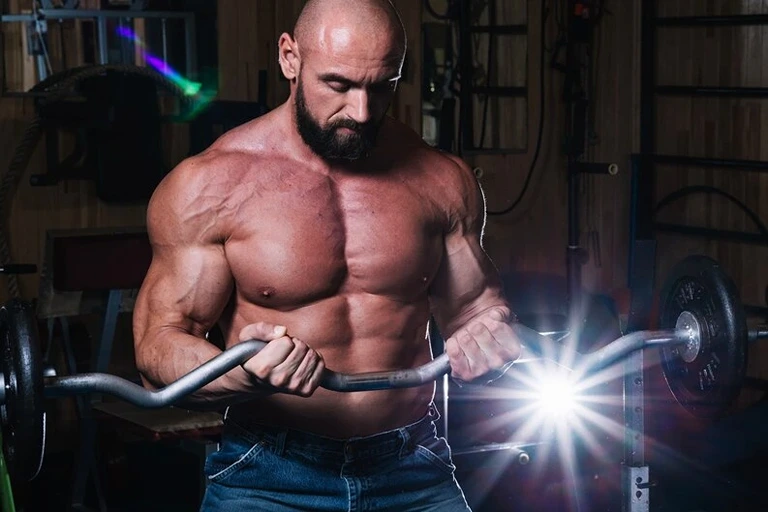How to Spot Signs of Growing Glutes and Track Your Progress!
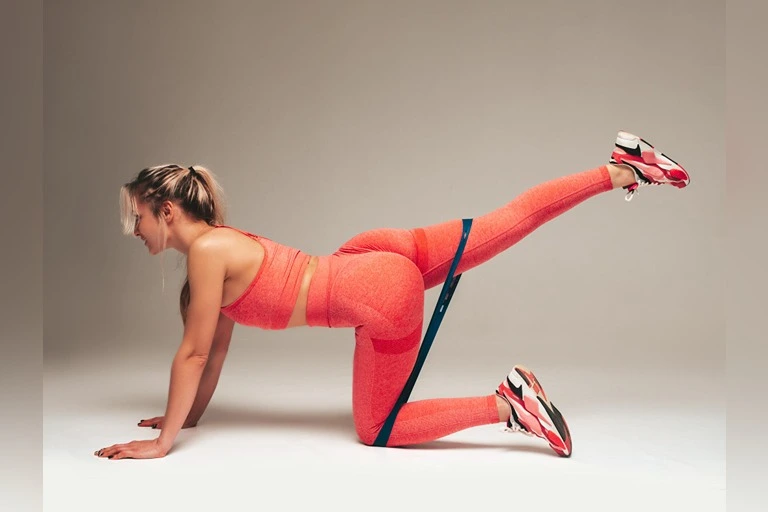
The Importance of Glute Development for a Strong and Stable Body
How you will know that Signs Your Glutes Are Growing? Before we get into the signs of glute growth, it’s important to know why strong, well-developed glutes are so important. These strong muscles not only give you a nice-looking backside, but they are also very important for keeping your lower body strong and stable. By working on your glutes, you can improve your general fitness and lower your risk of getting hurt. In this piece, we’ll talk in-depth about the most important signs that your glutes are getting stronger and how to keep track of your progress. Let’s dive in and find out how to tell if your hips are getting bigger.
Why Glute Growth Matters: Signs Your Glutes Are Growing
Glutes: The Powerhouses of Lower Body Strength
Your gluteal muscles are some of the biggest and strongest in your body. They are made up of the gluteus maximus, gluteus medius, and gluteus minimus. They help with almost every action of the lower body, like walking, running, jumping, and lifting. A strong glute complex not only helps you do better in sports, but also makes it easier to do things like stand, sit, and climb stairs.
Enhanced Stability and Reduced Risk of Injuries
Your spine, hips, and lower back all need support from your glutes. They are a big part of keeping your body in the right position and aligned, which makes other parts of your body less stressed. Strong hips also help keep your knees stable and protect you from common lower-body injuries like knee pain and iliotibial band syndrome (ITBS).
Signs of Progress in Glute Development
Increased Strength and Performance in Lower Body Exercises
One of the most obvious signs that your glutes are getting bigger is that your lower body movements are getting easier and stronger. As your hips get stronger, it gets easier to do things like squats, lunges, and deadlifts. You can also lift heavier weights and do more reps with better form.
Changes in Muscle Tone and Shape
As your glutes get stronger, you’ll be able to see changes in the shape and tone of your thigh muscles. The glutes will look stronger and more sculpted, which will help them look well-defined and pleasing to the eye. Muscle tone getting better is a clear sign that your hips are growing. And what are the Signs Your Glutes Are Growing?
Increased Resistance and Progressive Overload
When you work out your glutes regularly, your muscles change and get used to the challenges you give them. So, you’ll be able to handle more resistance and add increasing overload to your workouts, which will keep your glutes growing.
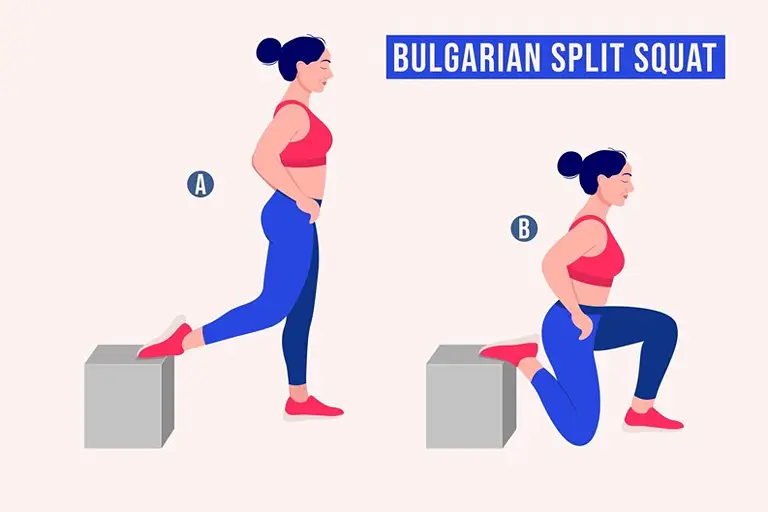
Observing Changes in Glute Size and Definition
Utilizing Progress Photos to Track Your Glute Development
Taking regular pictures of your progress is a great way to see how the size and shape of your glutes change over time. By looking at pictures from different points in your fitness journey, you can see how far you’ve come and keep yourself motivated to keep working on your glutes.
Measuring Glute Size for Objective Progress Tracking
In addition to progress photos, measuring your glute size can provide an objective way to track your development. Use a tape measure to measure the circumference of your glutes and record the results. Regular measurements will help you identify patterns of growth and improvement.
Notable Improvements in Lower Body Movements
Squats and Lunges: Your Glute Indicators
As your glutes get stronger, you’ll experience significant improvements in exercises like squats and lunges. These compound movements heavily rely on glute engagement, and your enhanced glute strength will result in better stability, balance, and overall performance.
Functional Movements: Everyday Benefits
Strong glutes contribute to enhanced functionality in daily activities such as climbing stairs, getting up from a seated position, and even walking. The strength and power of your glutes will make these everyday movements more efficient and effortless.
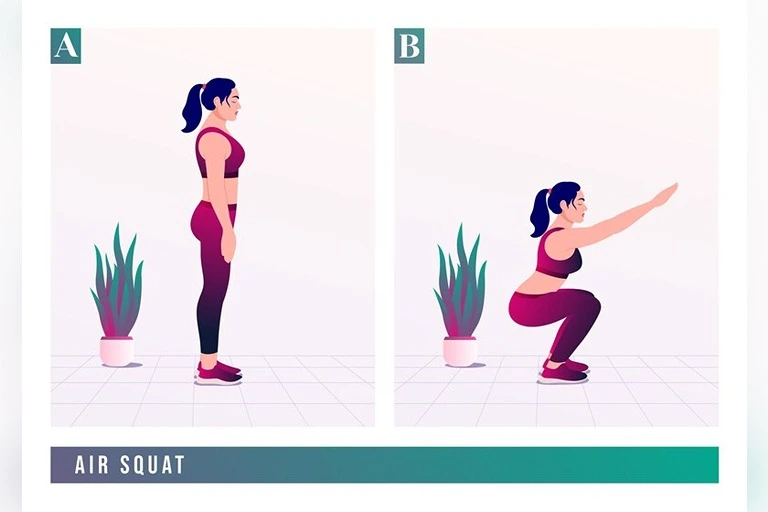
Feedback from Your Body: Signs Your Glutes Are Growing
Muscle Soreness and Recovery: Embrace the Challenge
After intense glute workouts, you may experience muscle soreness in the buttocks region. This soreness indicates that your glutes have been challenged and stimulated for growth. Embrace the discomfort as a positive sign of progress and allow sufficient time for recovery and rest.
Feeling the “Pump”: A Satisfying Sensation
During and after glute exercises, you may experience a satisfying “pump” in your glutes. This sensation is a result of increased blood flow and muscle activation, both of which contribute to muscle growth and development.
Achieving Balanced Glute Development
Targeting All Gluteal Muscles for Symmetry
To achieve balanced glute development, it’s essential to target all gluteal muscles—gluteus maximus, gluteus medius, and gluteus minimus. A balanced approach to training ensures that no specific gluteal muscle is overemphasized, which can lead to muscle imbalances.
Avoiding Muscle Imbalances for Injury Prevention
Muscle imbalances can lead to compromised movement patterns and an increased risk of injuries. By engaging in a well-rounded glute training regimen that targets all gluteal muscles, you promote stability and strength throughout your lower body.
Tracking Your Glute Workouts
Importance of Maintaining a Detailed Workout Log
Keep a comprehensive workout log to record the glute exercises you perform, the number of sets and repetitions, and the weights used. Maintaining a detailed log allows you to track your progress accurately and make informed adjustments to your workouts.
Monitoring Reps and Sets to Gauge Progress
As your glutes get stronger, you’ll be able to increase the number of repetitions and sets in your exercises. Monitoring these variables will help you gauge your progress and set new challenges for continuous improvement.
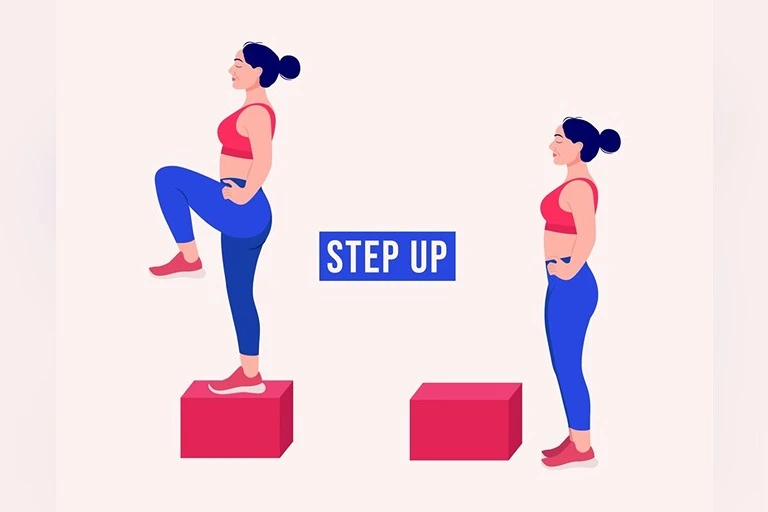
Comparing Before and After Signs Your Glutes Are Growing
Reflecting on Your Glute Journey
Comparing your starting point to your current state is a powerful way to recognize and appreciate your progress. Reflect on how far you’ve come, celebrating the achievements you’ve made in your glute development journey.
Setting and Celebrating Milestones
To stay motivated, set small milestones along the way and celebrate each achievement. Whether it’s lifting a heavier weight or noticing improved muscle definition, every milestone is a testament to your dedication and hard work.
Final Thoughts: Signs Your Glutes Are Growing
Finding out that your glutes are getting bigger is a satisfying part of your exercise journey. Remember to be patient and consistent as you see your power and performance improve and your muscle tone change. By keeping track of your progress and celebrating milestones, you’ll stay inspired and determined to reach your goals for developing your glutes. So, keep going, and let your growing glutes show how much you want to become stronger and healthy.
Frequently Asked Questions (FAQs)
1. Q: How long does it take to see noticeable changes in my glutes as they grow?
A: When people start to notice changes in their glutes can be different for each person. Most of the time, it can take anywhere from a few weeks to a few months of regular training and good nutrition to see changes in muscle tone and shape. To get long-lasting effects, you need to be patient and consistent.
2. Q: Can I grow my glutes without going to the gym?
A: Yes, you can still grow your glutes without going to the gym. Bodyweight exercises, resistance bands, and home-based workouts can effectively target and stimulate glute muscles. Incorporating squats, lunges, glute bridges, and other exercises into your routine can help you achieve glute growth even without gym equipment.
3. Q: How often should I train my glutes for optimal growth?
A: For optimal glute growth, aim to train your glutes 2-3 times per week with a mix of compound and isolation exercises. Allow for adequate rest between sessions to give your glutes time to recover and grow.
4. Q: Can I overtrain my glutes?
A: Yes, overtraining the glutes is possible and can lead to muscle fatigue, decreased performance, and an increased risk of injury. Ensure you include rest days in your training schedule and avoid working the glutes intensely on consecutive days.
5. Q: Will doing more repetitions of glute exercises lead to faster growth?
A: While increasing repetitions can be beneficial, quality of movement and proper form are more important for muscle growth. Focus on executing each exercise with controlled and deliberate movements to engage the glutes effectively.
6. Q: Can I continue my regular cardio workouts while focusing on glute development?
A: Yes, you can still incorporate cardio workouts into your routine while working on your glutes. Cardio exercises like running, cycling, or swimming can complement your glute training and contribute to overall fitness and fat burning.
7. Q: Can I use resistance bands to add intensity to my glute workouts?
A: Absolutely! Resistance bands are excellent tools for adding extra resistance and challenging your glutes during workouts. They provide a versatile way to target different glute muscles effectively.
8. Q: How does glute development benefit my posture?
A: Strong glutes play a significant role in supporting your pelvis and lower back, which in turn helps maintain proper alignment and posture. Well-developed glutes can alleviate lower back pain and improve overall spinal stability.
9. Q: Is it possible to target only one gluteal muscle during workouts?
A: While some exercises may emphasize specific gluteal muscles more than others, it’s essential to engage all three gluteal muscles for balanced development. Incorporate a variety of exercises that target different glute muscles to achieve symmetrical growth.
10. Q: Can I continue glute training during pregnancy?
A: It is essential to consult with your healthcare provider before continuing or starting any exercise regimen during pregnancy. In many cases, glute exercises can be modified to suit your changing body and provide benefits during pregnancy.
11. Q: Are there specific glute exercises suitable for beginners?
A: Yes, bodyweight squats, glute bridges, and clamshells are great workouts for those who are new to training their glutes. These workouts are good for building a strong base for more difficult moves.
12. Q: What role do recovery and rest play in glute growth?
A: Recovery and rest are important for growing your glutes because they let your muscles heal and get stronger. Muscle growth is best when you get enough sleep, eat right, and take days off between hard workouts.
13. Q: Can men benefit from glute training too?
A: Absolutely! Training in the gym is good for both men and women. Strong glutes help both men and women improve their athletic performance, posture, and general lower body strength.
14. Q: Can I train my glutes if I have a history of lower back pain?
A: Before you start training your glutes, you should talk to a doctor or a qualified trainer if you have a history of lower back pain. Using the right form and choosing the right exercises can help ease back pain and stop it from coming back.
15. Q: How can I prevent muscle imbalances while training my glutes?
A: To avoid muscle imbalances, you should do exercises that work all of your gluteal muscles evenly. Adding core and hip-strengthening workouts to your routine can also help your muscles grow in a balanced way.
